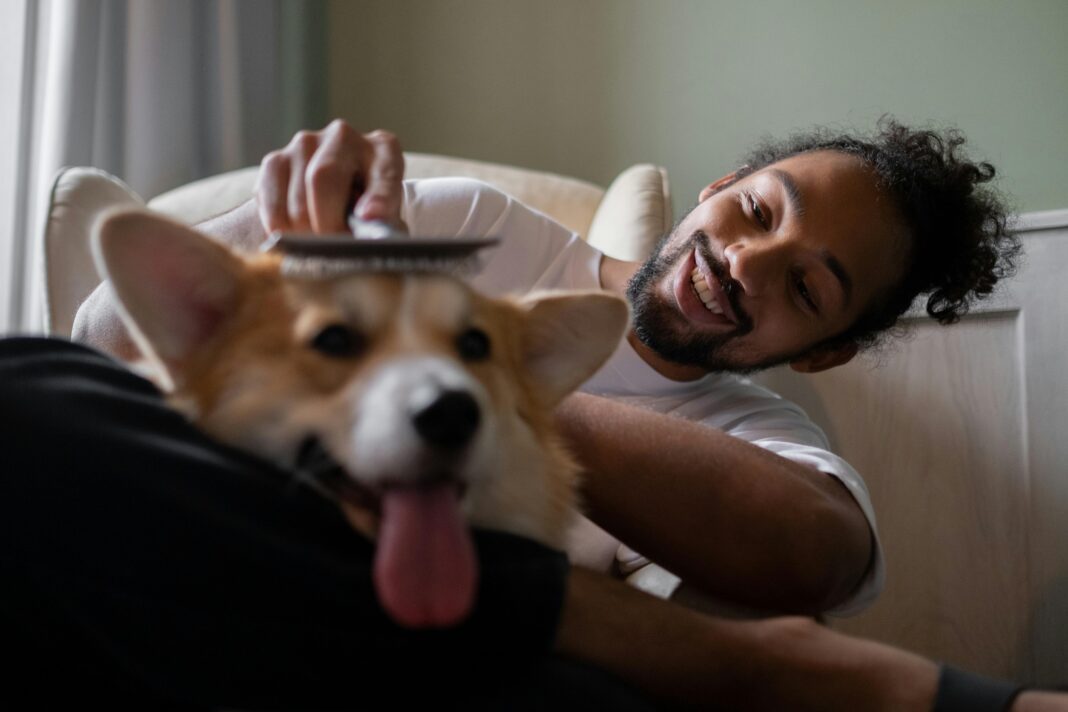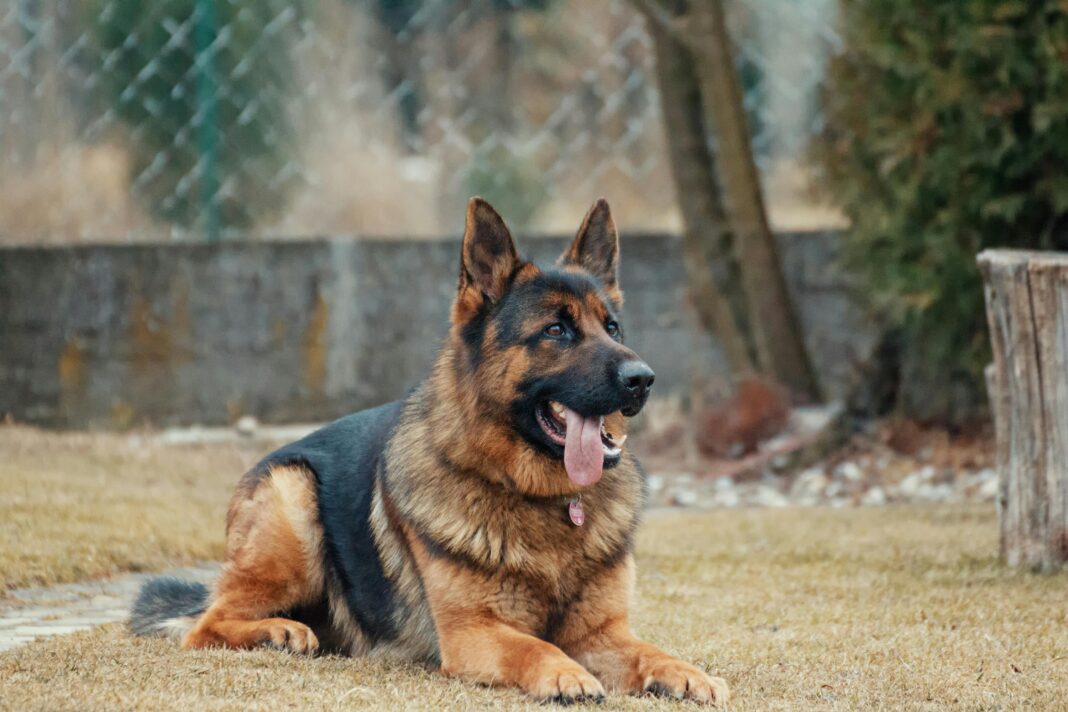Grooming is an essential part of pet care that not only enhances your furry friend’s appearance but also contributes significantly to their overall health and wellbeing. Knowing how to groom your pet safely can prevent health issues and ensure a positive experience for both you and your pet. In this article, we’ll explore essential safe grooming practices every pet owner should be familiar with.
Understanding the Importance of Grooming
Regular grooming helps in identifying potential health concerns, such as skin infections, parasites, and abnormalities. Here’s why grooming is crucial:
Health Benefits
-
- Skin Health: Regular brushing removes dead hair and dander, promoting healthier skin and reducing the risk of allergies.
-
- Parasite Detection: Grooming allows you to spot fleas, ticks, or mites early, making treatment easier.
-
- Nail Care: Keeping your pet’s nails trimmed prevents painful overgrowth and potential injuries.
Behavioral Benefits
-
- Bonding: Grooming sessions can strengthen the bond between you and your pet, creating a sense of trust and comfort.
-
- Desensitization: Regular handling through grooming can help pets feel more at ease during vet visits or when they are being handled.
Grooming Tools You Need
Equipping yourself with the right grooming tools is the first step towards safe grooming. Here’s a list of essential tools for different pet types:
Brushes and Combs
-
- Bristle Brush: Great for short-haired dogs and cats to remove loose fur.
-
- Slicker Brush: Ideal for long-haired breeds to detangle and remove mats.
-
- Comb: Useful for removing knots and inspecting for pests.
Clipping Tools
-
- Nail Clippers: Available in scissor or guillotine styles. Choose one that suits the size of your pet.
-
- Hair Clippers: For breeds requiring regular haircuts, invest in a good quality clipper with various blade sizes.
Bathing Supplies
-
- Pet Shampoo: Use only shampoos specifically formulated for pets. Human products can irritate their skin.
-
- Conditioner: Helpful for long-haired breeds to minimize tangles.
Safe Bathing Practices
Bathing is an essential aspect of grooming, especially for pets prone to skin issues.
Preparing for the Bath
-
- Gather Supplies: Have everything you need within reach, including towels, shampoo, and a non-slip mat.
-
- Select the Right Location: Bathe your pet in a space where they feel comfortable, like a bathtub or sink.
Bathing Steps
-
- Brush First: Remove tangles before getting your pet wet to prevent mats from tightening.
-
- Adjust Water Temperature: Use lukewarm water and avoid extreme temperatures to ensure your pet’s comfort.
-
- Thorough Rinse: Ensure all shampoo is washed out to prevent skin irritation.
Cleaning Ears and Teeth
Ear and dental care often goes overlooked in grooming routines but is equally important.
Ear Cleaning
-
- Regular Checks: Inspect your pet’s ears weekly. Look for redness, odor, or discharge, which could signal an infection.
-
- Cleaning Technique: Use a cotton ball and a vet-recommended ear cleaner. Avoid using cotton swabs, as they can push debris further in.
Teeth Brushing
-
- Frequency: Aim to brush your pet’s teeth several times a week. Daily brushing is ideal.
-
- Using the Right Tools: Use a toothbrush and toothpaste specifically designed for pets. Human toothpaste can be toxic.
Nail Trimming Without Fear
Nail trimming can be anxiety-inducing for both pets and their owners, but with practice, it can become a straightforward task.
Steps for Calm Trimming
-
- Choose the Right Time: Pick a time when your pet is calm, possibly after a walk or playtime.
-
- Familiarize with the Clippers: Let your pet sniff the clippers to reduce anxiety.
-
- Trim Carefully: Only take off small amounts at a time, avoiding the quick—the pink area inside the nail that contains blood vessels.
Signs of Stress
Watch for signs of stress in your pet during grooming, including excessive panting, whining, or attempting to escape. If your pet is particularly anxious, consider breaking grooming sessions into shorter, more manageable periods.
Handling Matting and Tangles
Matting can cause discomfort and skin issues for your pet. If your pet develops mats, here’s how to address them safely:
Dealing with Mats
-
- Start Early: Prevent mats by brushing regularly, especially for long-haired breeds.
-
- Use Detanglers: Sprays designed for pets can help loosen mats when brushing.
-
- Cutting Mats Safely: If necessary, carefully use scissors to cut mats, keeping the scissors pointed away from the skin.
Monitoring Your Pet’s Skin and Coat
Grooming is a great opportunity to check for any anomalies on your pet’s skin or coat.
What to Look For
-
- Redness or Irritation: Indicates possible allergies, infections, or skin conditions.
-
- Lumps or Bumps: Unusual growths should be examined by a veterinarian.
-
- Hair Loss: Sudden bald patches can be a sign of underlying health problems.
Final Thoughts
By incorporating these safe grooming practices into your pet care routine, you significantly contribute to their overall health and happiness. Regular grooming not only keeps your pet looking their best but also strengthens your bond with them. Remember, grooming should be a positive experience, so be patient and reward your pet for their cooperation.





